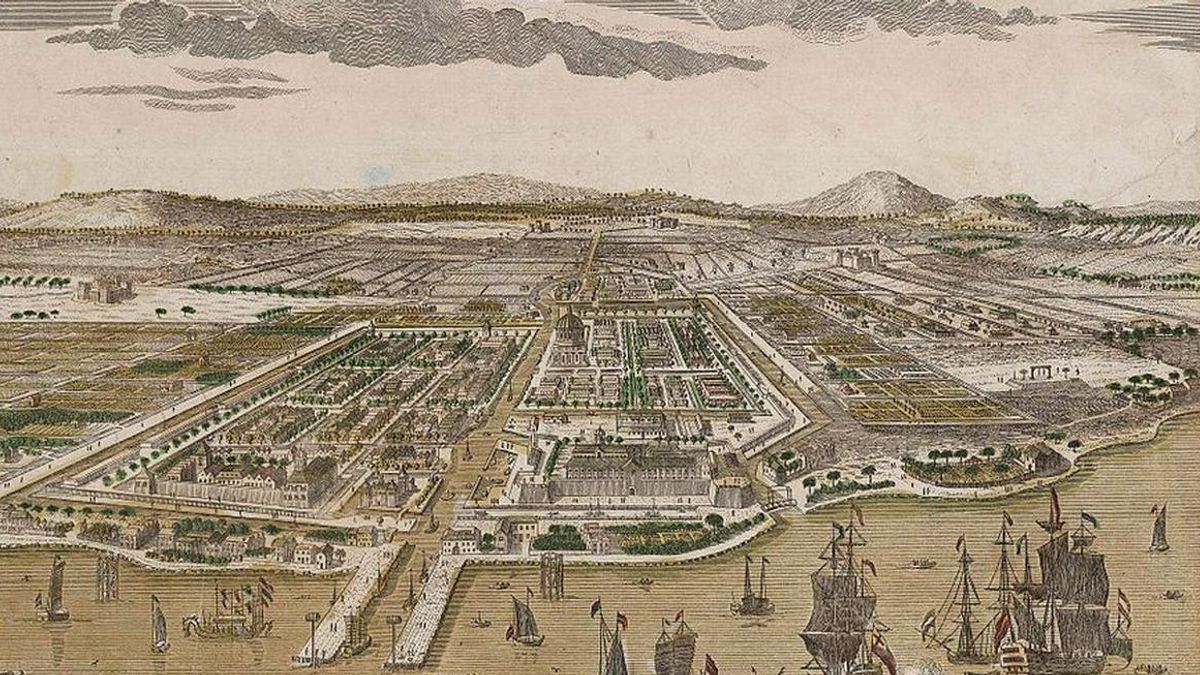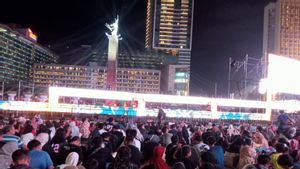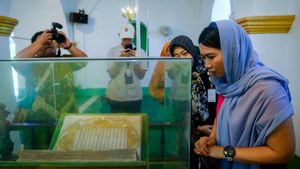JAKARTA - Disasters of devastating earthquakes often hit the archipelago. In fact, long ago. The condition of the archipelago, which is part of the Pacific Ring of Fire, was behind it. In the Batavia earthquake 1699, for example. The victim's soul fell. The river and clean water in Batavia were contaminated with mud.
This condition worsens the condition of the environment that has been damaged. The deadly disease also came: malaria tosets. Batavia was like affected by the principle. People also remember Batavia as a grave for the Dutch.
Bumi Nusantara is an area that is passed by an active volcanic path in the world. Earthquakes often color every civilization to the kingdom in the archipelago. The collective memory of the earthquake is plastered in inscriptions and temple ruins.
There was an earthquake that created a sense of alertness especially small-scale earthquakes. There was also an earthquake that caused the deepest tears: a devastating earthquake. The large-scale earthquake often contains a narrative of loss. From losing family to a civilization.
One of the realizations of the narration of the loss occurred in an earthquake in Batavia on January 5, 1699. The earthquake devastated Batavia. A city that incidentally was the center of power of the Dutch trading airline, the VOC. When the earthquake came, not many families were ready to save themselves.
Most of them are still in'slow' dreams. Not a few lives died. While many houses from Banten to Batavia were damaged. The strength of the earthquake was a joke. Experts indicated that the Batavia earthquake had a magnitude of between 8-9 on the Richter Scale. Therefore, the earthquake became one of the largest earthquakes ever occurred in Batavia in history.
January 5 in the morning heavy rain fell on Batavia. However, the rain turned into panic because suddenly the earth shook heavily. The shock was felt at 01.30 in the morning and lasted for about 15 minutes. The earthquake felt not only in Batavia. Other areas such as Banten and the southern coast of Sumatra, especially Lampung.
The earthquake caused many buildings in Batavia to crack. According to Arthur Wicmann, a total of 21 houses, 20 rice barns, and one damaged warehouse, as well as 28 people who died as a result of the incident. In addition to making houses damaged, the earthquake also made Batavia residents at that time afraid to return home. They chose to temporarily stay in the open and on the ships they had, said Omar Mochtar in his research entitled Gempa Bumi Batavia 1699 and 1780: Disaster Collective Memory (2021).
It is possible that the big earthquake in Batavia did not take many lives. However, the domino effect of the earthquake went everywhere. Batavia's condition and life in it were disturbed. Batavia, who used to be known as the Queen of the East, began to change faces.
All because of the impact of the earthquake, the soil on the slopes of Mount Salak landslides. The landslide material also brought soil and mud into Batavia. As a result, the Batavia rivers, even the embankments, became full of mud.
This condition causes two conditions. First, the drinking water of the residents of Batavia who rely on river water becomes dirty. Second, the rivers and embankments full of mud are transformed into 'comfortable houses' of mosquitoes breeding.
malaria and run rampant. Both diseases became the number one killer in Batavia. Hospitals are full. What's more. Those who die reach 1,000-2,000 people every year.
The Company is also trying to overcome the problem of mud that is the cause of the disease. However, such as digging a hole to cover the hole. Efforts to clean the mud were not accompanied by the desire to protect the environment. The land clearing and construction of the factory continue. After all, the problem actually brought disaster. Batavia was also remembered as a grave for the Dutch.
However, in general, death is never far away. The influence of the weather and the empowerment of the doctors caused Batavia to be considered a "European burial". To obtain certainty about this reality, it is enough to look at the death rate which is regularly mentioned in the Dagh register.
The situation got worse throughout the 18th century, after the 1699 earthquake damaged drinking water networks and stockpiled several waste disposal channels. Since then, no less than 1000 to 2000 people have died every year, when the total number of city residents has never been more than 16,000 people," said historian Denys way in the bookNusa Java Cross Culture: Limits to Disbursement Volume I (1996).
The English, Chinese, Japanese, Arabic, and French versions are automatically generated by the AI. So there may still be inaccuracies in translating, please always see Indonesian as our main language. (system supported by DigitalSiber.id)










